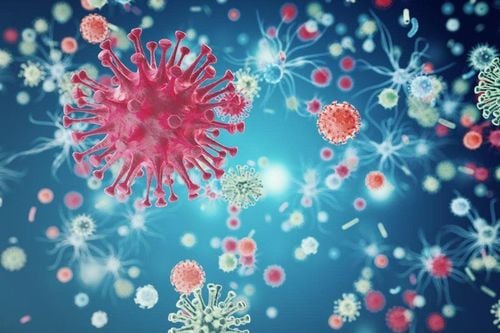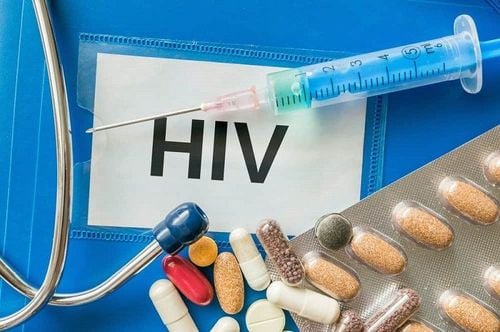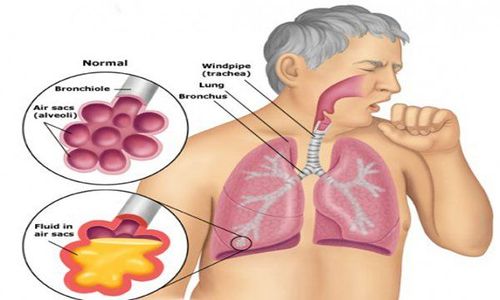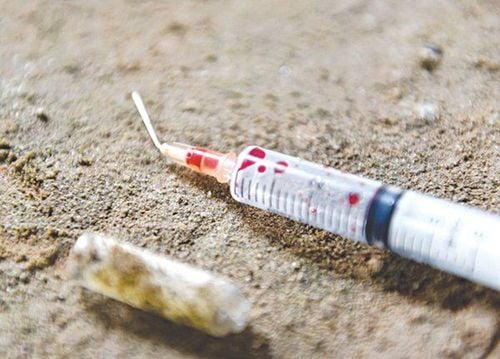This is an automatically translated article.
The article was professionally consulted by Dr. Mang Thi Phuong Mai - Department of Medical Examination & Internal Medicine - Vinmec Nha Trang International General HospitalHIV disease not only affects adults but is also claiming the future and lives of many children. Meanwhile, the early diagnosis of HIV in children has not been paid enough attention.
1. HIV symptoms in children
Children infected with HIV often have diverse manifestations. Common early symptoms in HIV-infected children are:
Symptoms throughout the body: weight loss, growth retardation (slowly reaching basic developmental milestones), fever, convulsions, dehydration, anemia, malnutrition, prolonged diarrhea, hepatosplenomegaly. Lung diseases: children with long-term respiratory diseases, unexplained clubbing, long-lasting colds, bronchitis, pneumonia, tuberculosis. Head - face - neck: children with microcephaly of unknown cause, chronic gingivitis secondary to herpes virus infection, oral thrush and mouth ulcers, otitis media or severe sinusitis. Skin diseases: HIV-infected children often have disseminated papillomavirus infection, diffuse mucocele, recurrent folliculitis, pruritic maculopapular rash, eczema, or severe seborrheic dermatitis. Neurological diseases: children with mental retardation or loss of developmental milestones, unexplained spasticity,...
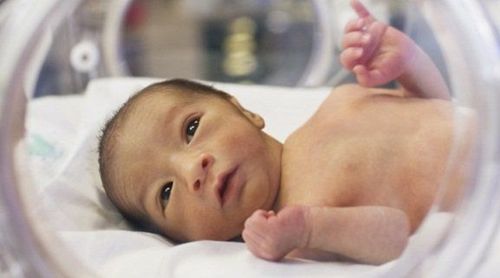
Suy dinh dưỡng, chậm lớn là dấu hiệu trẻ bị nhiễm HIV
2. Diagnosis and treatment of HIV in children
2.1 Diagnosis and treatment of HIV in the fetus One of the three main ways (accounting for 25-40%) of HIV/AIDS transmission is from mother to child without ART during pregnancy. Without preventive treatment, for every 100 mothers with HIV during pregnancy, 35 babies will be born infected with HIV from their mothers. With preventive treatment, only about 5 children become infected with HIV.According to statistics of the Department of HIV/AIDS Prevention and Control, in 2017, the number of pregnant women was more than 2.7 million people. In which, the number of pregnant women tested for HIV was nearly 1.4 million (accounting for 50.2%), and 1,108 people were found to be infected with HIV. Thanks to the development of diagnosis and treatment, the rate of mother-to-child transmission has decreased significantly. Even if parents infected with HIV can still give birth to completely healthy children if the mother takes antiretroviral drugs early and adheres to the parenting instructions of health workers.
In addition, anti-HIV drugs also help protect the health of pregnant women. If a pregnant woman is found to have HIV infection in the first 3 months of pregnancy, is taking medication early and following the treatment guidelines, having a blood test every 3 to 6 months, and the viral load is less than 200 copies, the risk of transmission HIV transmission to children will be very low (only 2-6%).
2.2 Diagnosis and treatment of HIV in infants
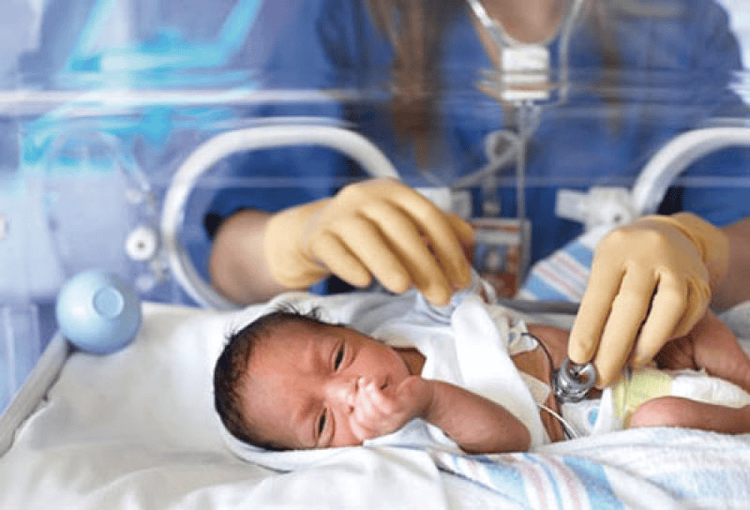
HIV cướp đi tương lai và sinh mạng của nhiều trẻ em
Children born to mothers with HIV need to be on ART, starting at birth. Besides, parents also need to discuss carefully with the doctor to know how to properly care for and treat HIV-infected children.
Please dial HOTLINE for more information or register for an appointment HERE. Download MyVinmec app to make appointments faster and to manage your bookings easily.




